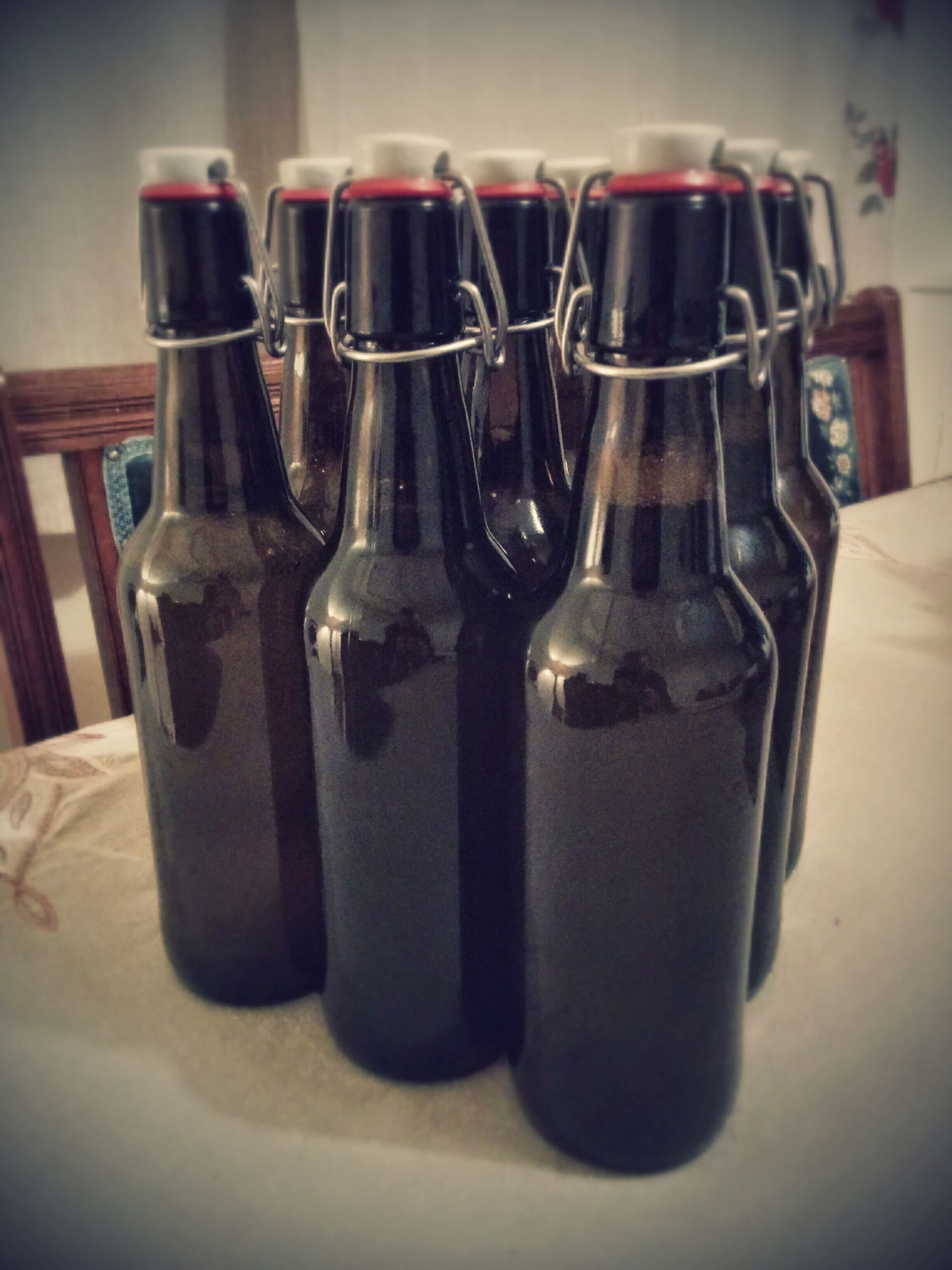Making cider

Our small collection of mature apple trees have done very well this year, producing loads of fruit and leaving us with the very enjoyable challenge of wondering how we're going to use them all up.
After spending a couple of weeks stocking the freezer with apple pies, apple sauce, apple crumbles, etc. and giving a fair few away to friends and family, we quickly realised that we needed another way of processing our harvest before it started to spoil. Naturally, our thoughts turned to making our own apple juice, something which has the dual benefits of (i) using up large quantities of apples, including windfalls and (ii) provides a (hopefully) tasty end product.
Not knowing how good the apples were for making juice we decided against buying an apple press this year, opting instead for a very reasonably priced juicer from Amazon for our first attempt.
Making apple juice is straightforward... There was no need to look into how to make apple juice but, when it came to turning the juice into something alcoholic we needed a little guidance. Thankfully, a bit of Googling turned up this very useful Instructable on making homemade cider using a juicer.
The instructions linked to above are very clear and easy to follow so there's no need to repeat them here, but there are a couple of things that are worth pointing out if you're thinking of making your own cider.
-
The juicer has performed admirably and extracts a lot of the juice from the apples, but the need to slice the apples up before juicing them takes quite a long time. Because of this we'll probably buy an apple press next year to cut down the time we need to spend on juicing.
-
We used Lalvin Cider Yeast (EC-1118) for the first brew. This has a reputation for producing dry ciders as the yeast does a good job at consuming pretty much all of the sugar from the apple juice. If you prefer a more medium or sweet finish then we'd recommend trying another yeast or adding a non-fermentable sweetner before bottling.
-
Having bottled some nettle beer earlier in the year without one, we'd definitely recommend getting an auto syphon to bottle your brew. The design of this one is particularly good as it's small enough to fit through the neck of a demijohn and the plastic cap on the end prevents you from accidentially bottling whatever has settled to the bottom of your brew.

We've yet to do a proper sampling but, quickly tasting the cider as it was bottled, the brew produced a fairly dry but very drinkable result - a very pleasing outcome for a first attempt. It's currently maturing in bottles and may change a little in character over the next few weeks. With any luck there'll still be some left for making mulled cider with over the holidays.